Croatia continued to lower level of indebtedness and, according to the Eurostat, public debt dropped to 74.5% of GDP in third quarter last year, from 78.5% in third quarter 2017.
GDP growth is the main cause of decline of debt of State institutions of 4 percentage points, while Finance Minister Zdravko Marić reduced the need for raising new loans by balancing the budget. Nominally, public debt dropped HRK 2.5 billion - from 284.2 billion to 281.7 billion.
Raiffeisenbank Austria (RBA) analysts noted that foreign component of public debt dropped compared to start of last year, while internal component grew more than HRK 5 billion. They reminded that State guarantees to Uljanik shipyard were paid on the last day of 2018, worth approximately HRK 2.5 billion, "which will affect the bottom line of the budget as well as public debt trends."
Effects of Uljanik
However, since guarantees were included in public debt calculations, they should not have significant effects on downward trend. If economic growth continues as expected, public debt to GDP ratio will continue dropping. Addiko Bank analyst Hrvoje Stojić expects public debt to drop to 70% of GDP by the end of the year, and further to Maastricht criteria level of 60% by 2023.
- Croatia has managed to stabilize cost of debt, but I believe it could go down more. Economic growth is exceeding potential and as long as this does not change public debt to GDP ratio will continue dropping - explained Stojić.
Croatia's debt was highest in 2013, when it stood at 84% of GDP, which means that it dropped 10 percentage points. While this is decent, Slovenia lowered its public debt 8 percentage points in the last year, from 79% to 71% of GDP. Slovenia achieved this largely through significant growth of the economy and budgetary revenues as well as by bringing expenditures under control. For instance, it cut expenditures on interest rates approximately 12% last year. Encouraged by fiscal achievements, Slovenian Finance Minister Andrej Bertoncelj was the first to test the market this year. He raised loans worth EUR 1.5 billion in order to repay debts maturing in February, worth 2.3 billion. According to his assessment, market conditions are favorable and he expects this to cut expenditures on interest rates some EUR 800 million, as well as lower public debt.
Lower interest rates
Croatia lowered expenditures on interest rates as well and price of borrowing is to drop further with return of investment rating, which is expected this year. After securing investment rating, Portugal recently managed to raise loans with yield of 1.95%, while yield on Croatia's ten-year bonds currently stands at some 2.3%. Debts worth EUR 1.5 billion are maturing in November - bonds issued in USA at coupon of 6.75%. More affordable refinancing of these bonds will surely lower expenditures on interest. This year, the figure stood at some HRK 9 billion, which is approximately 900 million lower compared to last year.
In the last year, as many as 19 EU member states lowered their debts. After Slovenia, Malta was most successful (6.8 percentage points), followed by Portugal with 4.6. Croatia is still among EU member states with highest public debt, ranking 10 with debt of 74.5% of GDP.
In addition, Croatia did not manage to lower budgetary expenditures significantly over the last year, which presents risk if a new recession was to hit. Eurostat records reveal that Croatia's budgetary expenditure stand at 45% of GDP, which is highest among comparable countries. For instance, budgetary expenditures stood at 47.6% of GDP in 2014 and have dropped 2.6 percentage points. On the other hand, in the observed period, Slovenia's budgetary expenditures dropped from 49.9% to 43.2% of GDP, presenting decline of 6.7 percentage points. Also, despite the fact that budgetary deficit dropped and the Government secured surplus, if we look at structure of debt, 'cleaned' of effects of positive and negative cycles, the situation is not good. Compared to 2017, structural deficit increased from 0.5% to 0.7% of GDP last year and should increase to 1.1% this year.
When it comes to this year's budget, the EC expects slower growth of revenues from nominal GDP due to effects of tax reform, which cut value-added tax (PDV), income tax and social security contributions.





Za sudjelovanje u komentarima je potrebna prijava, odnosno registracija ako još nemaš korisnički profil....